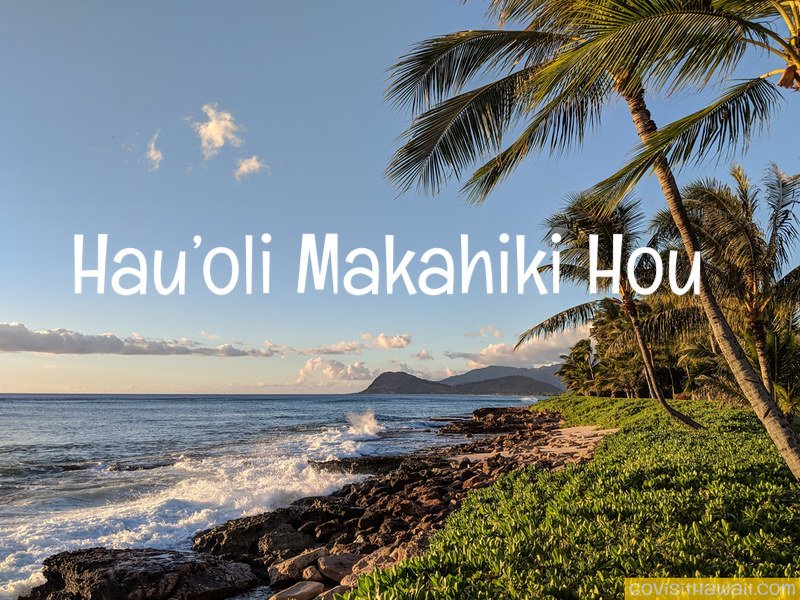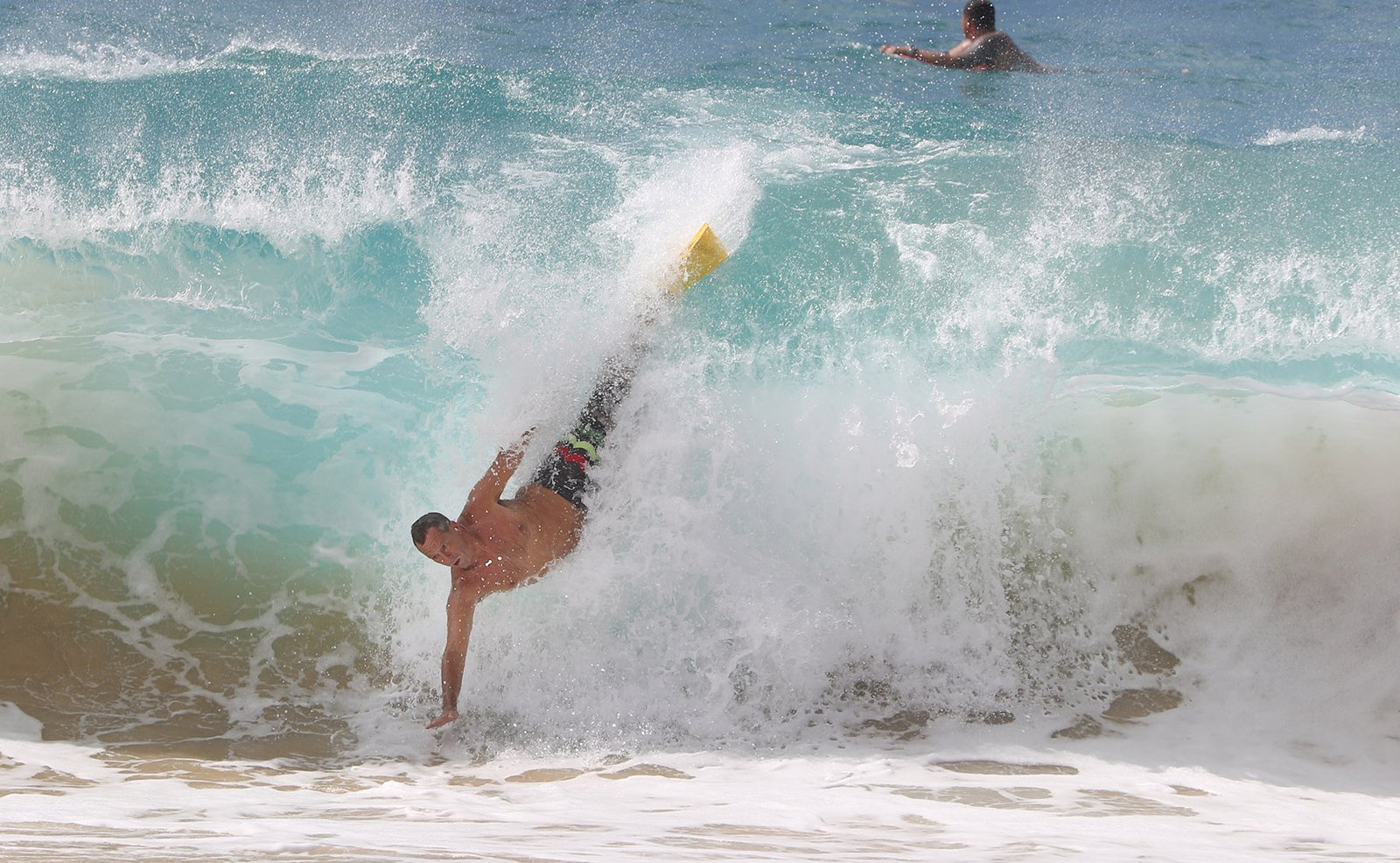Yesterday, much of the state, its travel partners and visitors were waiting with bated breath to understand better what’s ahead in the Lahaina fire recovery first and foremost, and as it relates to Maui travel. As well as promised guidance from the governor. That, however, didn’t happen.
On Tuesday, Josh Green said, “I’ll be making a much broader announcement and have a broader discussion about this on Friday in a statewide address. But we want people to travel to the state to the extent that they’re not impacting the hard work that these extraordinary people are doing (supporting disaster recovery).”
What was said by Hawaii Governor about Maui travel.
“We ask that people please not travel to the area affected by the disaster in West Maui until further notice, except for returning residents and authorized emergency relief workers.
However, all other areas of Maui and the rest of Hawai‘i are safe and open to visitors, and we continue to welcome and encourage travel to our beautiful state, which will support the local economy and help speed the recovery of those who have already suffered so much.”
Gov. Josh Green, M.D.
The short (less than 10 minutes) address was initially placed in the context of offering residents and visitors both “critical updates.” There was, however, nothing of that nature in terms of further details and what to expect.
Kaanapali and Kapalua Resorts on Maui are not mentioned.
West Maui includes not only devastated Lahaina, but also the famous Kaanapali and Kapalua resort communities. The fire did not impact their structures, and the road to them is again open to the public. We know that some of the resorts at Kaanapali hoped the Governor would officially state when guests would be welcomed back. When that didn’t happen, they were left wondering about their next steps and if they needed to act without state guidance.
Are critically important Maui fire press conferences on hold for now?
After many contentious questions and defensive answers that followed the Maui fires at the most recent press conferences and the rolling of heads after the last one, the governor changed format, at least for now, to a safer style monologue he has used in past days.
The news about the Maui fires has left those of us who live in Hawaii still reeling. Few here are untouched by the disaster. Beat of Hawaii editors have seen four familes of friends and relatives left homeless, while others we know are still missing loved ones. Honestly, we go on, but we are simply no loonger the same. And, as much as we remain focused on the devastation, we can’t help but be left wanting for more answers as to how this happened, at whose hands it did, and how we can prevent similar disasters in the future.
Difficult press conferences are vital following disasters like the Lahaina fire.
First, they are essential for coordinating information between officials and the public. They provide a way for the public to hear directly from those responsible for the disaster recovery on Maui. It helps to stop us from wondering what is going on by keeping us informed. Pressing questions can address issues officials would rather avoid.
A spokesperson for Maui County admonishes reporters to “be gentle with us.”
The spokesperson has said on multiple occasions to be gentle with county and state officials at press conferences. She has even suggested that by doing so, it is somehow a form of Aloha to do so.
We can’t help but wonder if that isn’t misguided and that Aloha is actually better represented in the pointed questions being asked about the fire and the failed response. For example, why there was no water available to fight the Lahaina fire, why emergency sirens were not sounded, and why critical emergency employees were allowed to vacation at the same time.
Is transparency missing after the Lahaina fire?
Open press conferences are critical to providing much-needed government transparency and insights into all aspects of the Lahaina fire disaster and the recovery. Press conferences let media ask questions that citizens want to know answers to, and obtain clarification. This helps reassure Hawaii constituents and stakeholders that critical issues are being addressed.






Leave A Comment